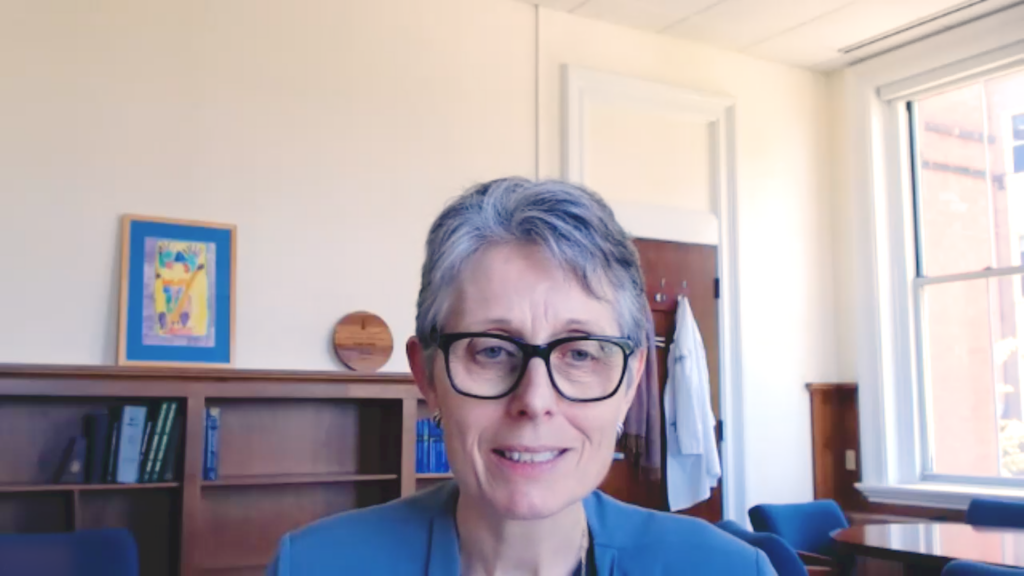 A new European Respiratory Society (ERS) statement on preschool wheezing disorders represents a significant update in the approach to diagnosing and managing this complex condition in young children.
A new European Respiratory Society (ERS) statement on preschool wheezing disorders represents a significant update in the approach to diagnosing and managing this complex condition in young children.
Preschool wheezing is a common and heterogeneous condition, characterized by various clinical presentations and triggers, ranging from viral infections to multiple environmental and genetic factors. The task force reports published previously in 2008 and 2014 were, based largely on episodic (viral) wheezing and multiple-trigger wheezing, which has since been found to be inadequate for predicting responses to treatment or understanding underlying airway pathology.
The task force proposed revised definitions for preschool wheezing disorders, identified knowledge gaps, and prioritized future research directions to improve clinical management. Their focus was on enhancing symptom control and preventing wheezing episodes, rather than predicting the progression to asthma. They established three overarching aims to guide their efforts:
1. Summarise current definitions for preschool wheezing in clinical guidelines and definitions used in preschool wheezing research studies
- The task force proposed a new clinical definition for preschool wheezing, which includes children under 6 years of age, confirmed wheezing, and more than one episode of wheezing. In terms of phenotyping, preliminary evidence suggests that blood eosinophils and aeroallergen sensitization can help identify children likely to respond to inhaled corticosteroids (ICS). However, biomarkers like FENO or VOCs are not yet supported for use in diagnosis. Objective tests, such as those for allergic status, eosinophil levels, lung function, and airway infection, may aid in better understanding the condition.
2. Identify current evidence defining the physiology, pathology and mechanisms underpinning preschool wheezing
- The task force’s findings for aim 2 highlight important developments in understanding and managing preschool wheezing. Lung function testing is now feasible in specialist centres for young children, allowing for the tracking of bronchodilator response and treatment effects from preschool to school age. Emerging evidence suggests that blood eosinophils and aeroallergen sensitization can help identify children with a type 2 eosinophilic inflammatory phenotype, who are more likely to respond to inhaled corticosteroids (ICS). However, the current understanding of inflammation in preschool wheezing, especially across different severities, remains limited, and there is a need for better insight into the relationships between blood, upper airway, and lower airway inflammation. The evidence does not yet clearly identify markers of reduced ICS responsiveness, though the absence of both blood eosinophilia and aeroallergen sensitization might indicate lower steroid effectiveness.
- Additionally, respiratory viruses, particularly rhinoviruses, play a significant role in preschool wheezing and are commonly found in both acute and stable phases. Bacteria such as M. catarrhalis, H. influenzae, and S. pneumoniae are also frequently detected. It is unclear whether infections drive recurrent wheezing or reveal underlying susceptibility, but oral bacterial lysates show potential in reducing wheezing attacks, especially in non-allergic children. Airway remodeling is observed in severe recurrent wheezing, though there are no non-invasive biomarkers to assess this, and its presence in less severe cases is still unknown. Finally, while genetic markers like ORMDL3, GSDMB, and IL33 are linked to preschool wheezing, their role in guiding treatment strategies remains to be fully explored.
3. Important outcomes for patients, caregivers and clinicians following diagnosis and/or management of preschool wheezing
- The task force highlighted the significant need for further research on patient- and caregiver-related outcomes in managing preschool wheezing. Currently, there is insufficient evidence on effective self-management interventions for parents and caregivers, highlighting the urgent need for a suitable action plan for managing preschool wheezers. They suggest that future studies should focus on assessing the impact of self-management using outcomes related to acute attacks, symptom control, and the quality of life for both the child and their family.
- Additionally, there is a lack of clear guidance on when preschool children with recurrent wheezing should be referred for further investigations and specialist testing. Evidence-based criteria are needed to ensure timely referrals and appropriate management for these children.
The ERS statement outlines several key areas for future research. First, there is a strong need to better understand the mechanisms driving preschool wheezing, particularly the role of infections and inflammation. Identifying biomarkers that can reliably predict treatment outcomes in non-allergic wheezing cases is a high priority, as current tools are mostly focused on allergic phenotypes.
Second, the statement stresses the need for well-designed clinical trials that include both objective outcomes, such as lung function and biomarkers, and caregiver-reported outcomes. A key area of interest is whether early intervention in preschool wheezing can modify the disease trajectory and prevent the development of asthma later in life.
Finally, the task force calls for clearer definitions of severe or difficult-to-treat preschool wheezing, which would help guide when to refer children to specialist care.
Disclosures: This article was created by the touchRESPIRATORY team utilizing AI as an editorial tool (ChatGPT (GPT-4o) [Large language model]. https://chat.openai.com/chat.) The content was developed and edited by human editors. No funding was received in the publication of this article.








